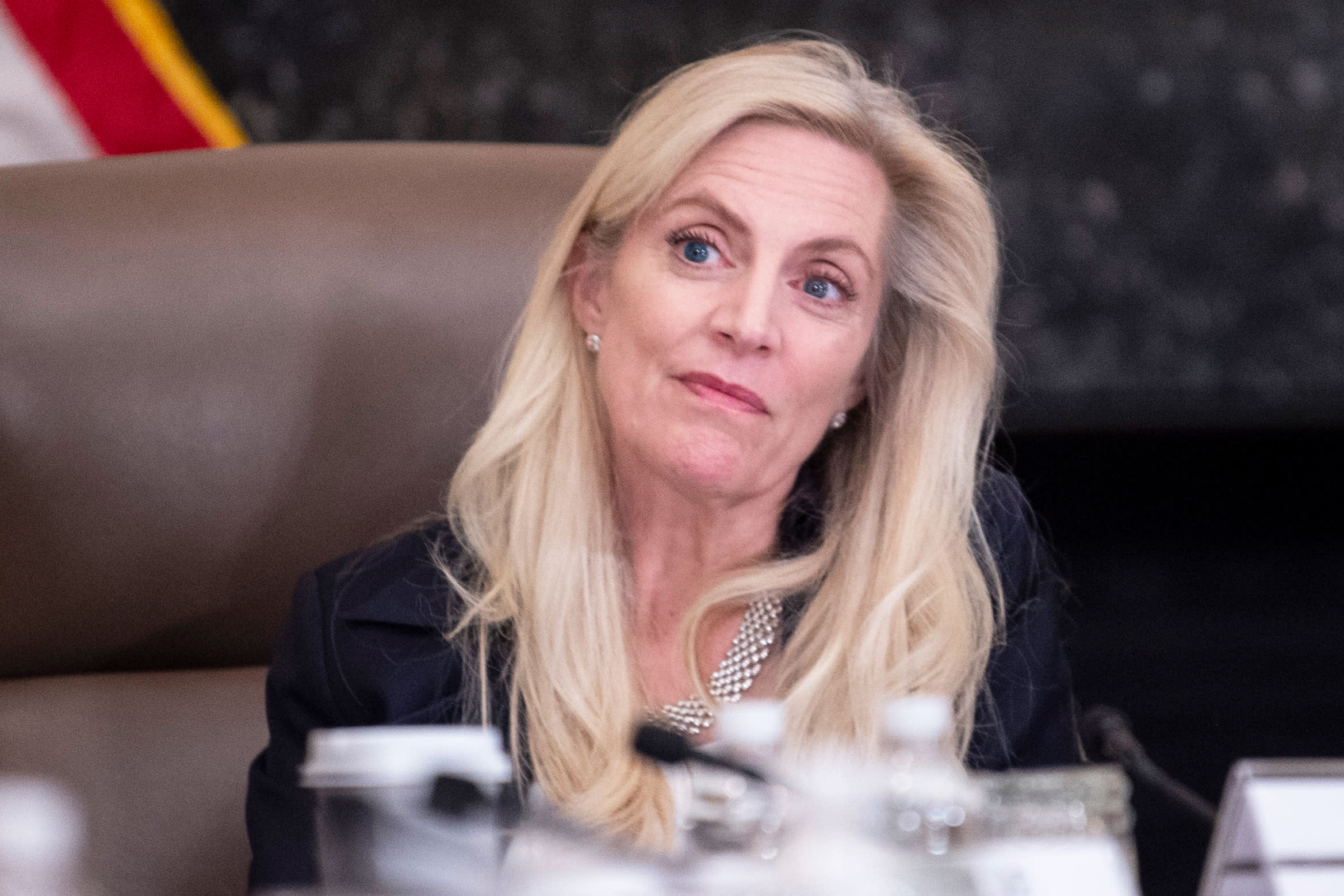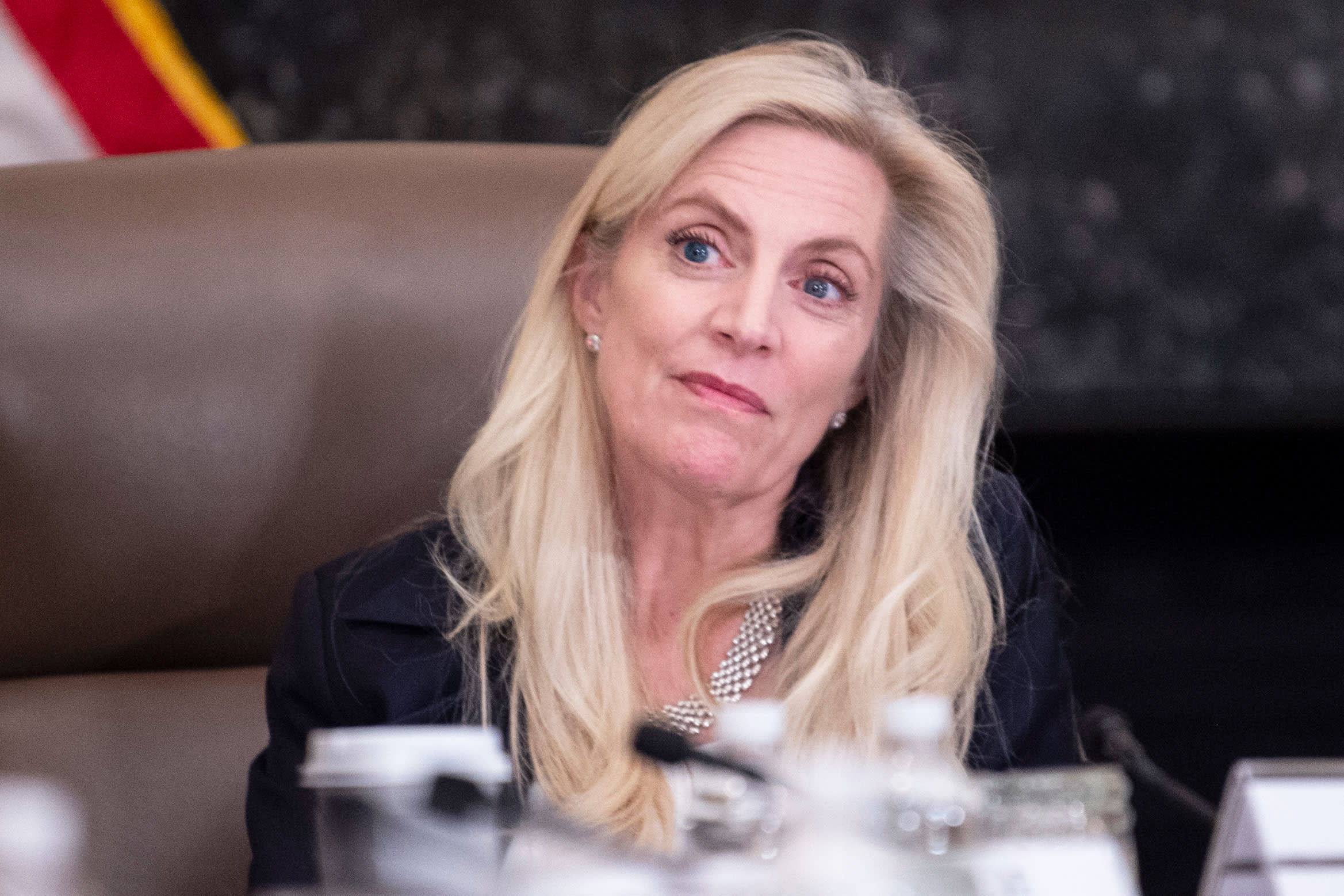
At least three Federal Reserve officials said Monday they are ready to pull back on their economic support measures even though they don’t see a threat from inflation.
Speaking at separate engagements, Fed Governor Lael Brainard and regional presidents John Williams of New York and Charles Evans of Chicago all expressed comfort with the first phase of policy tightening – a gradual pullback on the monthly bond buying that has provided support for markets and the economy.
“I think it’s clear that we have made substantial further progress on achieving our inflation goal. There has also been very good progress toward maximum employment,” Williams told the Economic Club of New York. “Assuming the economy continues to improve as I anticipate, a moderation in the pace of asset purchases may soon be warranted.”
They stressed, however, that the move, known as tapering, isn’t providing any signal about looming interest rate hikes.
“The forward guidance on maximum employment and average inflation sets a much higher bar for the liftoff of the policy rate than for slowing the pace of asset purchases,” Brainard told the National Association for Business Economics. “I would emphasize that no signal about the timing of liftoff should be taken from any decision to announce a slowing of asset purchases.”
The positions were largely consistent with a statement released after last week’s Federal Open Market Committee meeting. Officials agreed that “tapering may soon be warranted,” with Chairman Jerome Powell saying after the meeting that he’d like to bring the minimum $120 billion a month bond-buying program to a close by mid-2022.
That move toward tightening comes even though the committee does not expect the current inflationary pressures, which are running at the highest rate in decades, to persist.
Evans also said he thinks the Fed should shoot higher on its inflation target than the traditional 2% goal. Instead, he said it should aim for inflation “above but close to 2%.”
“I think the FOMC’s own actions and communications are playing an important role in restraining long-run inflation expectations,” he said, also speaking Monday before the National Association for Business Economics. “Taken altogether, I am more uneasy about us not generating enough inflation in 2023 and 2024 than the possibility that we will be living with too much.”
Williams said he expects inflation to continue to run above 2% for “another year or so” as “pandemic-related swings in supply and demand gradually recede.” However, he said inflation should fall to the target at some point during the year.
In their quarterly economic outlook, FOMC members say they see core inflation, which excludes food and energy prices, running at 3.7% this year before falling to 2.3% in 2022 and 2.2% and 2.1% respectively in the following two years. Officials also penciled in possibly one interest rate hike in 2022, followed by three apiece in 2023 and 2024.
Become a smarter investor with CNBC Pro.
Get stock picks, analyst calls, exclusive interviews and access to CNBC TV.
Sign up to start a free trial today.


 Signal2forex.com - Best Forex robots and signals
Signal2forex.com - Best Forex robots and signals




